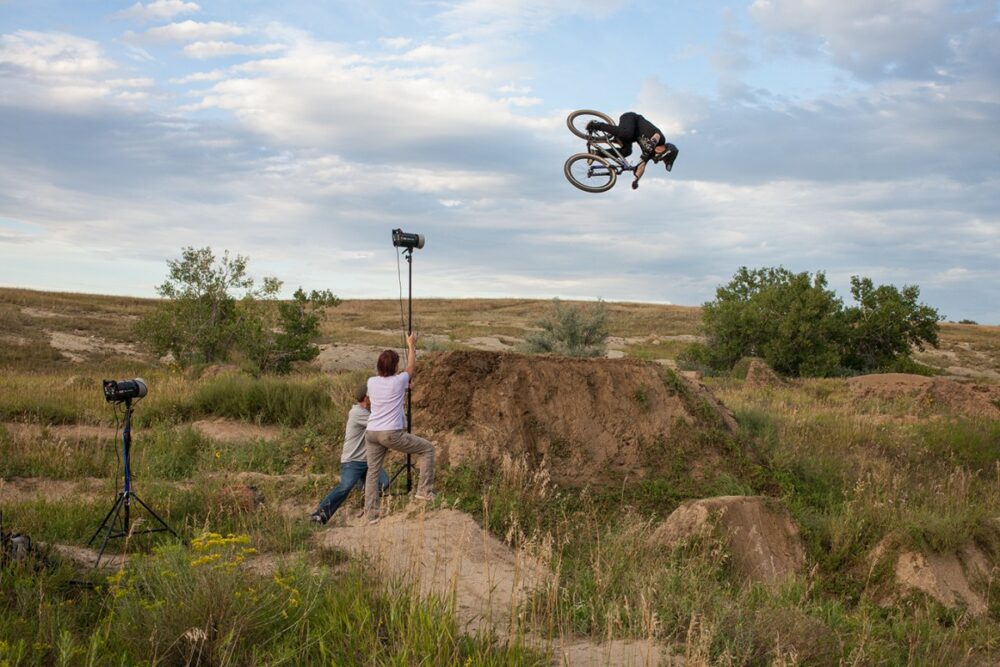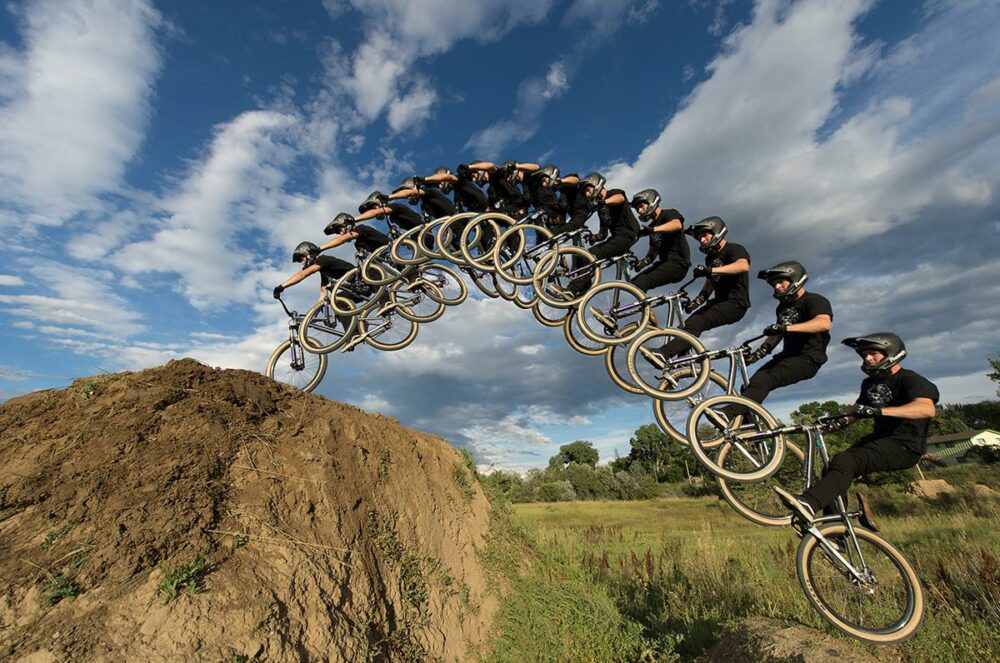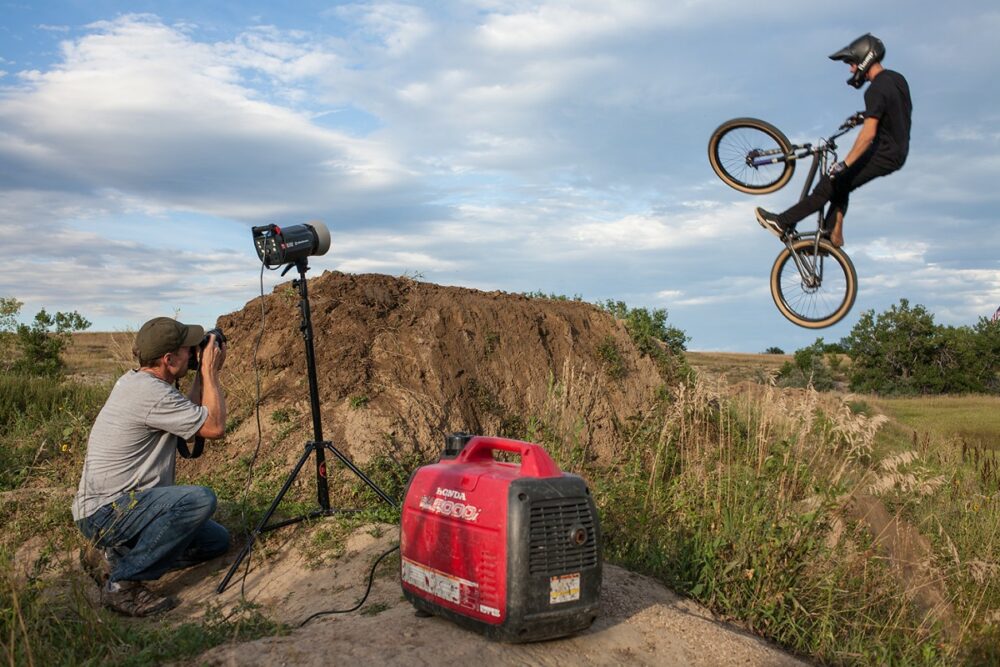From dreams to reality
Many photographers dream about images they want to create. It is part of the creative process. You’re flying back home from a shoot and start thinking about a new image you want to create. Something bigger, better and more stunning than your last one.
I am constantly thinking about new images I want to create. But the reality is I may never create these shots. Sometimes I don’t have the time, other times I get so busy that I forget about these shots, and sometimes I just can’t create them because the technology isn’t there yet.
When Elinchrom introduced the ELC Pro HD units, I knew one of my dream shots was about to become reality. Finally I had a light that could keep up with the blazing frame rate of my Nikon D4.
I shoot a lot of action sports. I spend many days each year photographing kayakers, climbers, mountain bikers and skiers. One of my favorite techniques is shooting image sequences. This involves shooting at 7-10 frames a second as a skier or biker goes flying off a jump. In Photoshop I will seam all the images together into one frame, creating a dramatic sequence of motion of the jump.
Cool stuff!
One shot that has been on my radar for years is shooting a sequence shot, but using flash for every frame. The challenge is having a light that can flash at 10 frames a second for every shot in the sequence. When the ELC Pro HD came out, I finally had found my light.
For this image we hired a pro BMX biker to do some big jumps at a local track.

Our gear consisted of 2 ELC Pro HD 1000, two stands and a 2000 Watts Honda generator.
The ELCs are AC lights, so we needed the generator to power up the lights. In order to project the flash further with less power, we attached two sports reflectors to the lights. Adding flash to this image transformed the picture from nice to stunning. In the image bellow you can see a normal sequence shot done with available light. This shot looks nice, but I don’t have any lighting ratio between flash and daylight.
Since my background sky looked really interesting with clouds, I knew by adding flash to the image I could under expose my background and really make things pop.
The biker would be lit by the ELCs, creating dramatic separation from the saturated background sky.

“These units kept pace with my D4 rattling off 10-15 frames every pass. I just couldn’t believe it!”

I was laughing uncontrollably on the first pass. Just watching the ELC Pro HD going off at 10 frames a second was better than any college disco moment I could remember! These units kept pace with my D4 rattling off 10-15 frames every pass. I just couldn’t believe it. We started with one light at around 30 percent power. With the HP 26 cm reflector attached and shooting from about 2 meters away from the biker, we had plenty of power. One feature I really appreciated was the new OLED display on the back of the strobes. This display was very intuitive, and allowed me to quickly set the recycle time to ‘fast’ for this type of shooting.
Next up was adding a second ELC Pro HD 1000. Adding the second light allowed us to light more of the biker’s moment during the jump. I wanted to have even lighting throughout the sequence. We placed this light about two meters from the first light, and connected it to the generator. Many colleagues have asked if the generator could supply constant power with two lights shooting at 10 frames per second. The 2000 watt Honda generator worked flawlessly powering the lights, and we didn’t miss a frame. We varied our shooting rate from 7-10 frames a second. Shooting slower frame rates gives you more separation between frames, which looks better when you are seaming up all the frames into one sequence shot. Doing these big jumps takes a lot work, so after about 45 minutes of shooting we were ready to call it a wrap.
I had a permanent smile on my face. It’s not everyday photographic dreams become reality!
